Former Jaguar design boss Ian Callum's eponymous car company has unveiled the interior of its debut model, the Skye, edging it closer to production.
It has been designed to help the electric sports car to hit a target weight of just 1150kg, which would make the Skye one of the lightest EVs on the market.
As such, it has a minimalist look, with a spine-like centre console, leather straps in place of traditional door-pulls and a smallcentrally mounted infotainment touchscreen.
Key features such as the air conditioning are controlled using a pair of rotating dials placed on the centre console, in similar fashion to the new Bugatti Tourbillon.
Instrumentation, meanwhile, comes in the form of traditional printed dials with additional readouts for range, battery charge and temperature.
The rest of the interior is upholstered in white leather with contrasting 'Vitamin C' orange elements, supplied by Scottish company Bridge of Weir.
The car has seating for four, with two bucket seats up front and a simple bench in the rear.
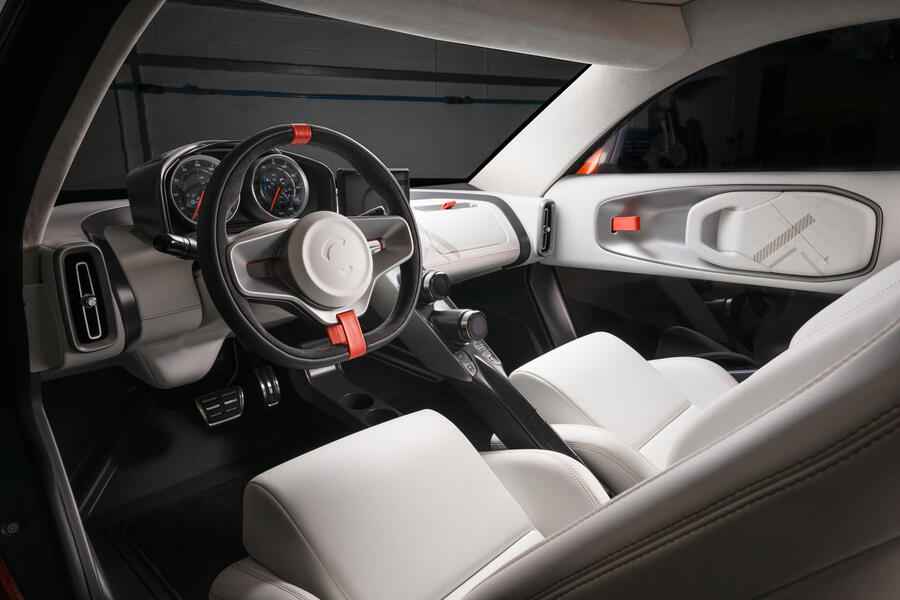
The Callum company said it would show another variation of the interior, said to be more rugged, next year.
The Skye is expected to launch in summer 2026, and between 50 and 250 units will be produced annually, priced between £80,000-£110,000.
That lines the electric off-roader up against the similarly conceived Ariel Nomad, which entered its second generation earlier this year.
The Skye is powered by two electric motors (one on each axle) with combined outputs of 247bhp and 221lb ft, as well as a 42kWh battery that yields a claimed range of 170 miles.


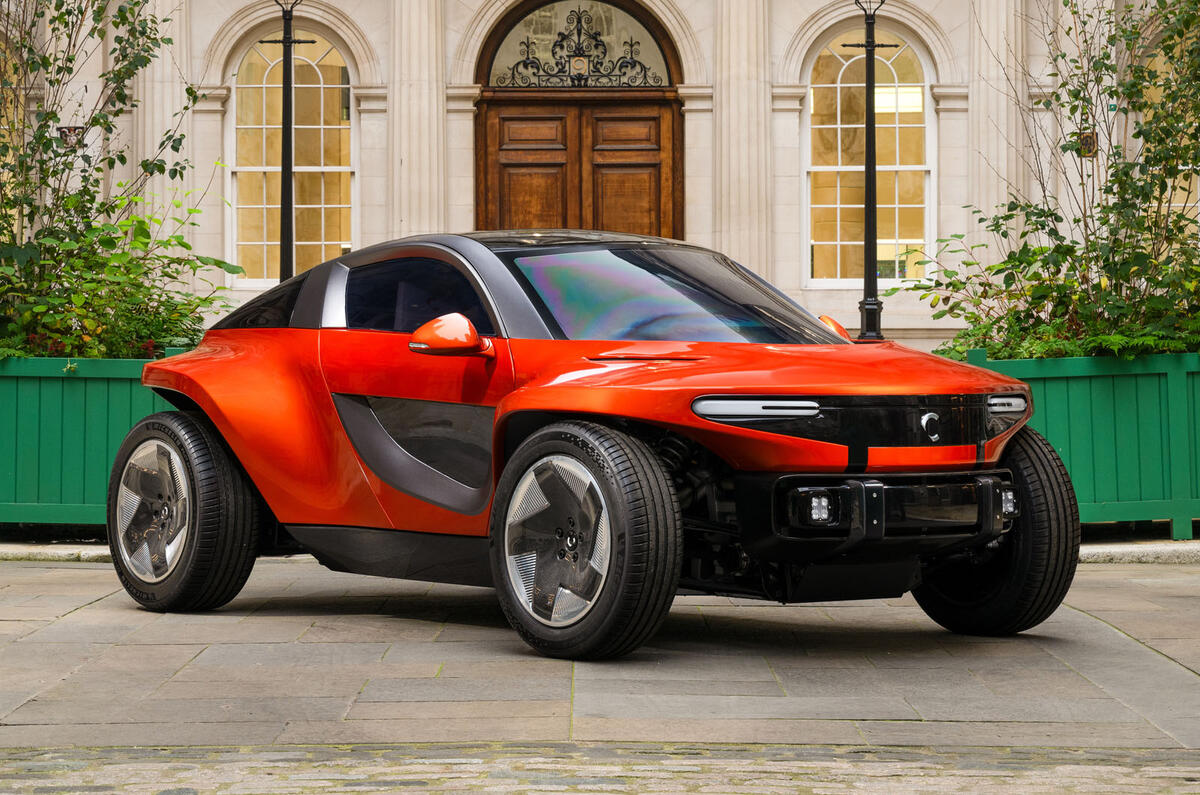
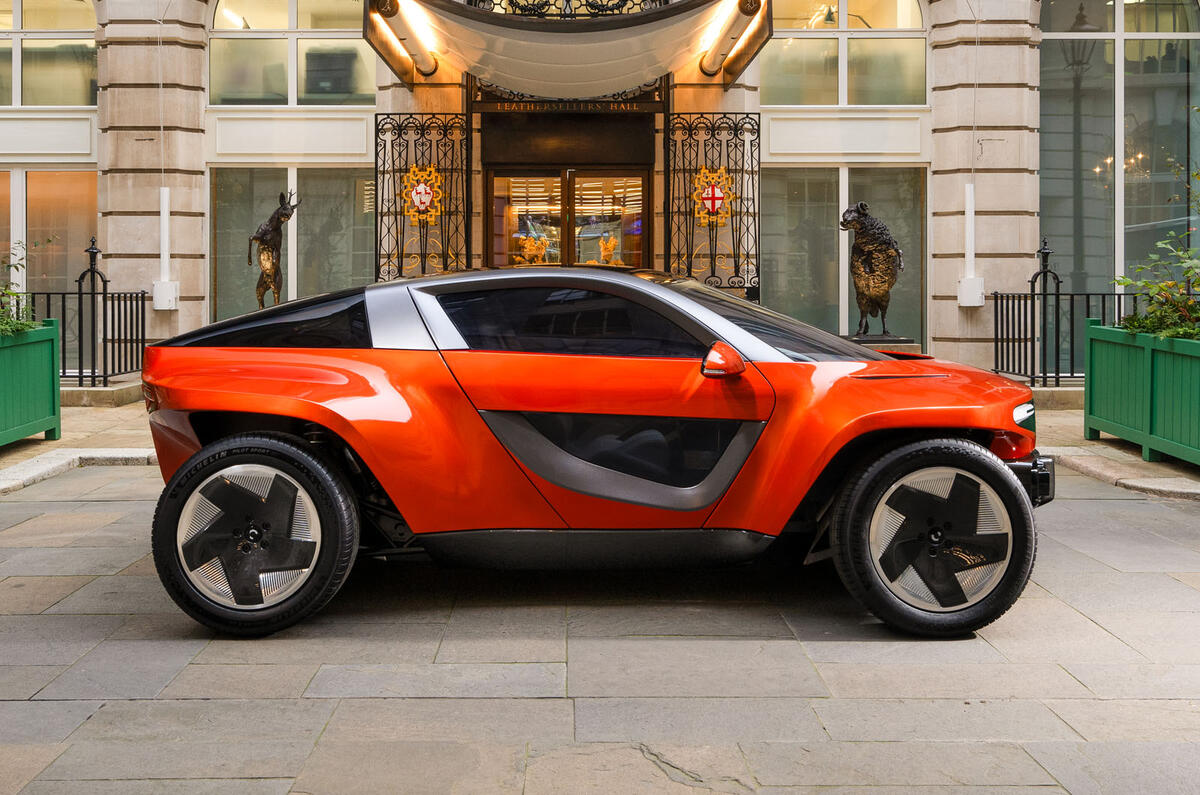
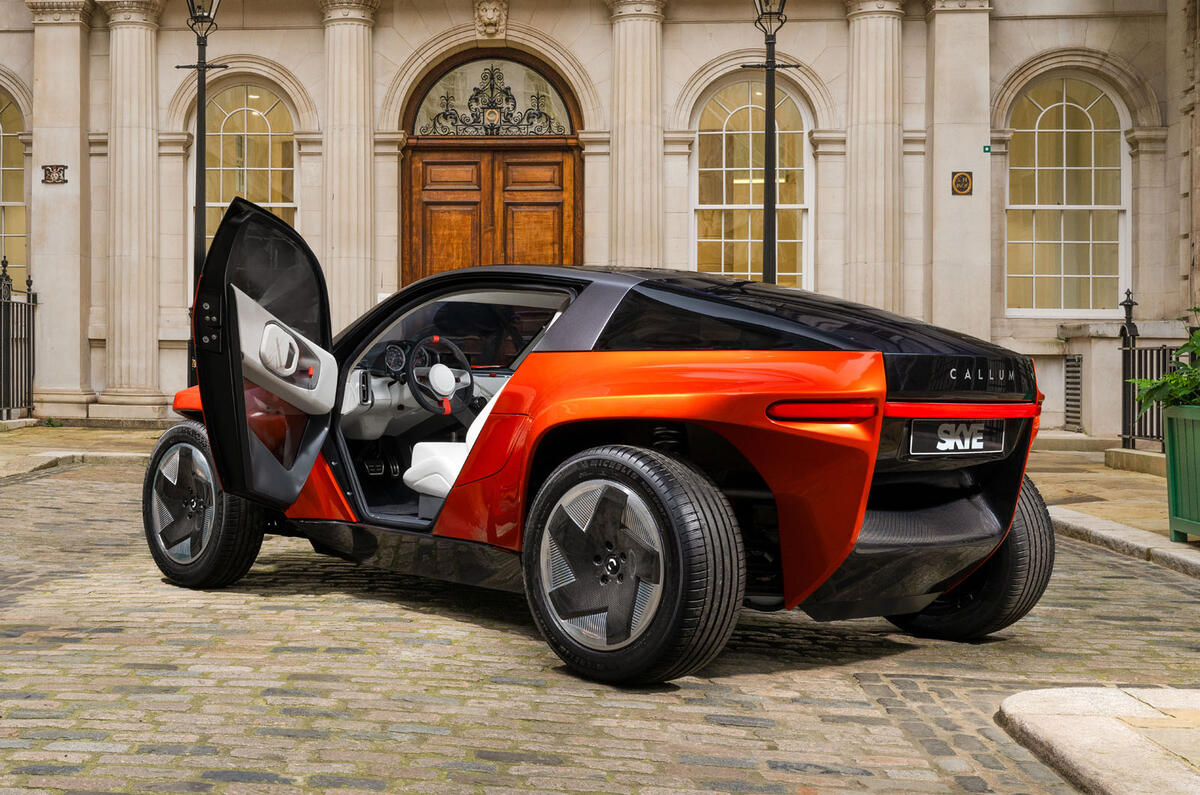

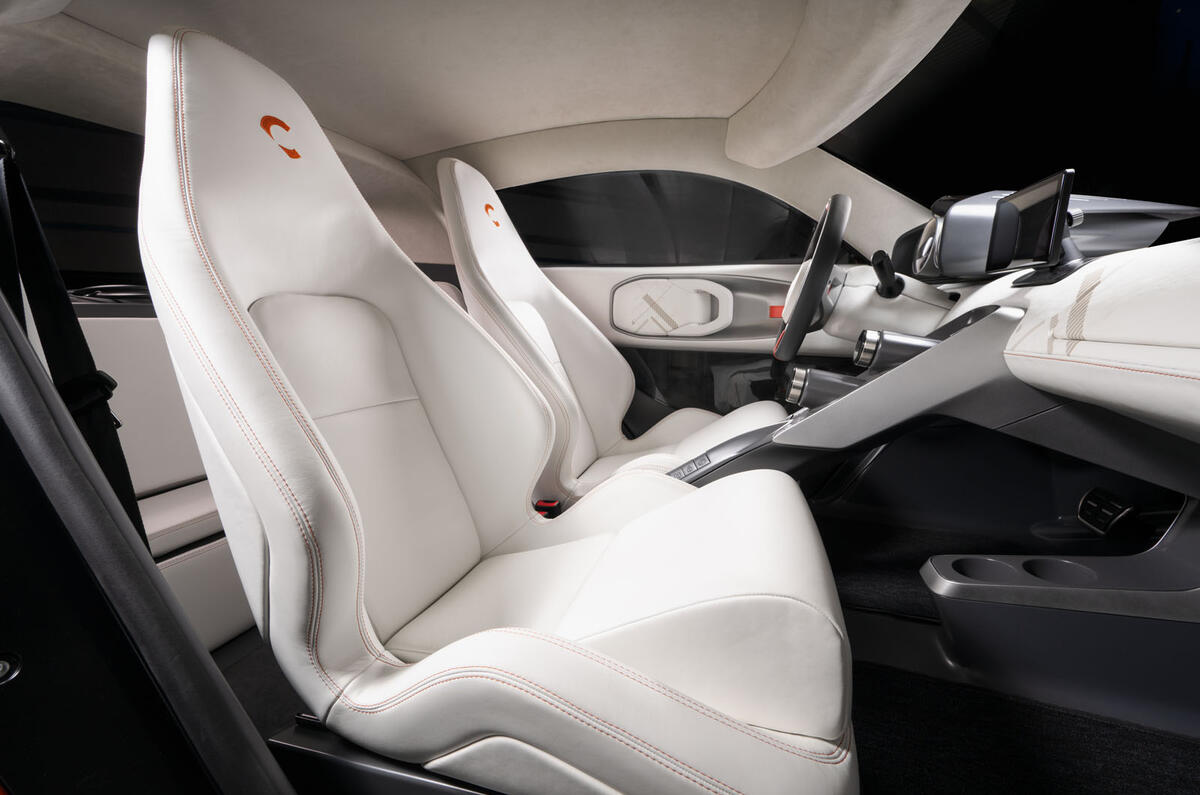
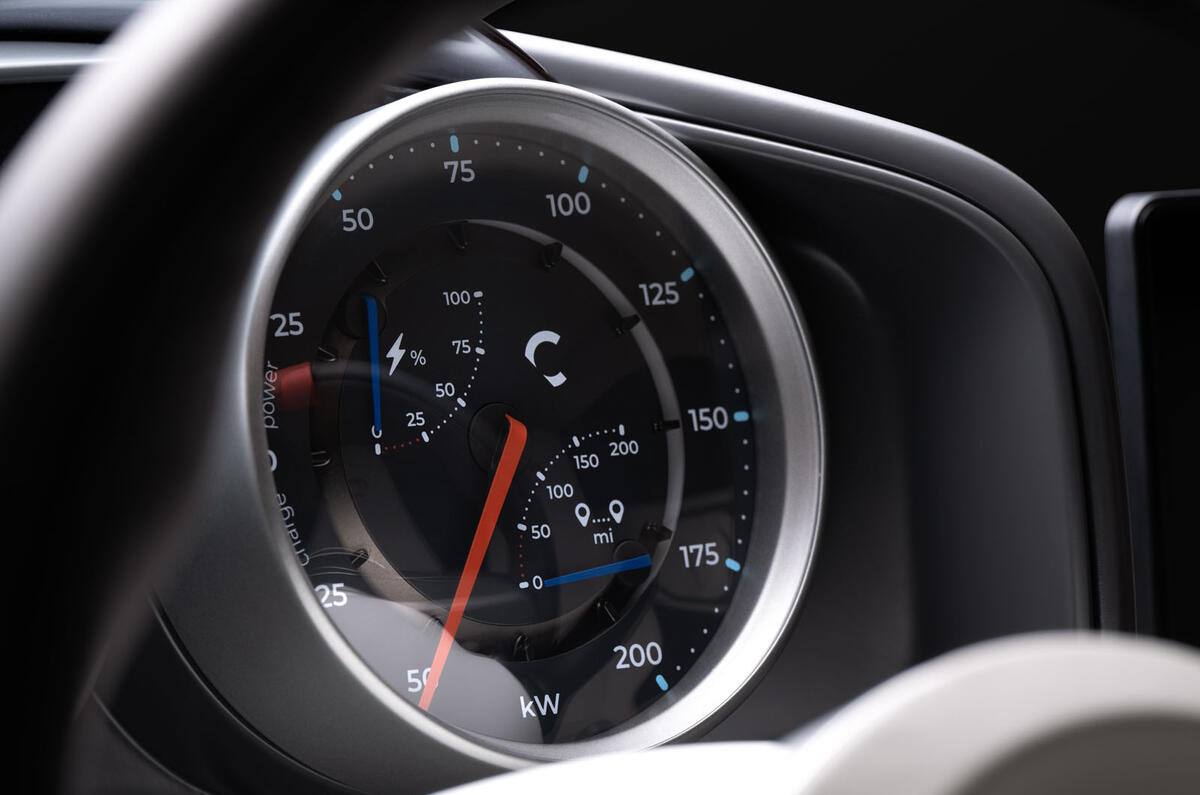
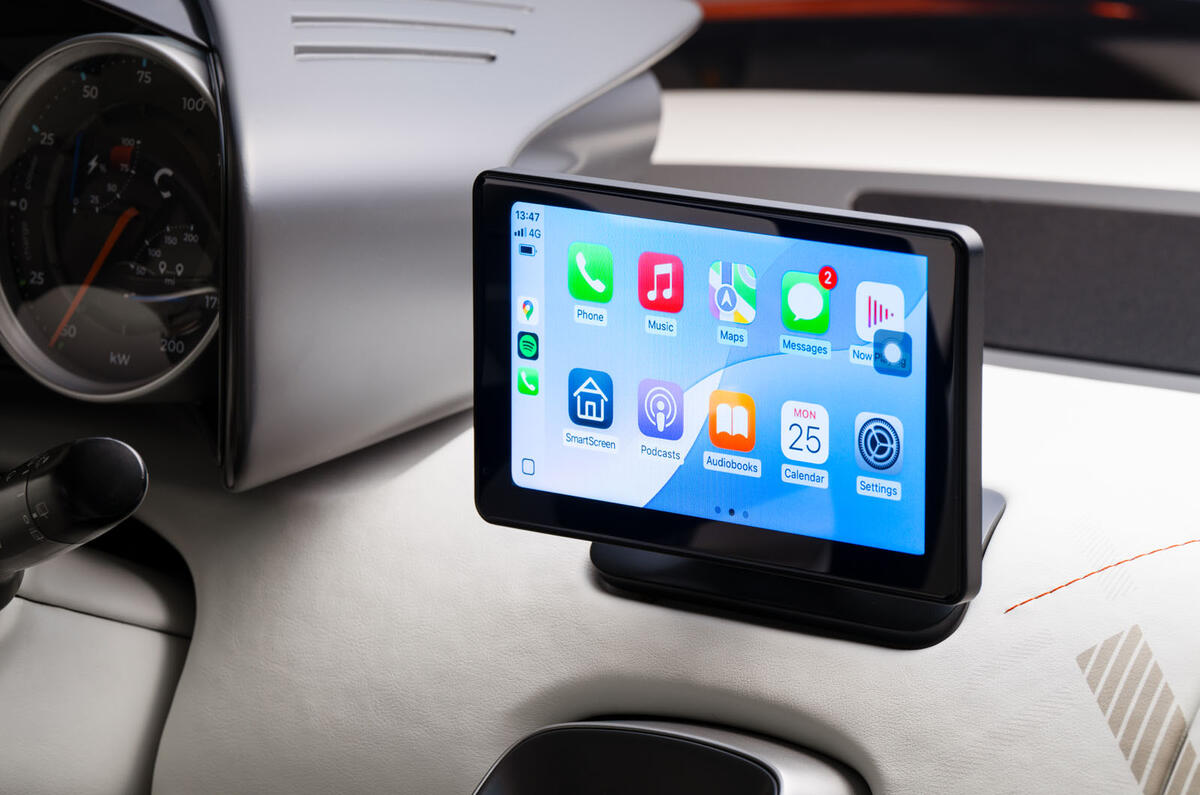


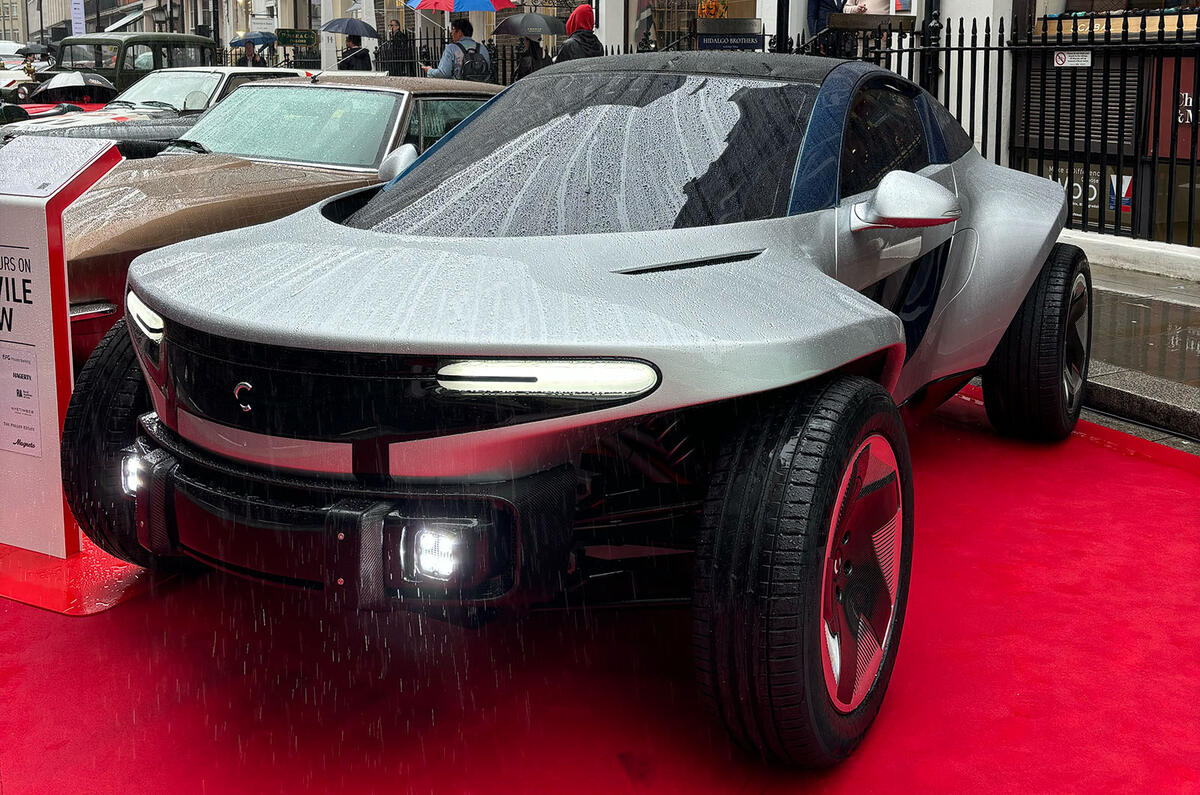
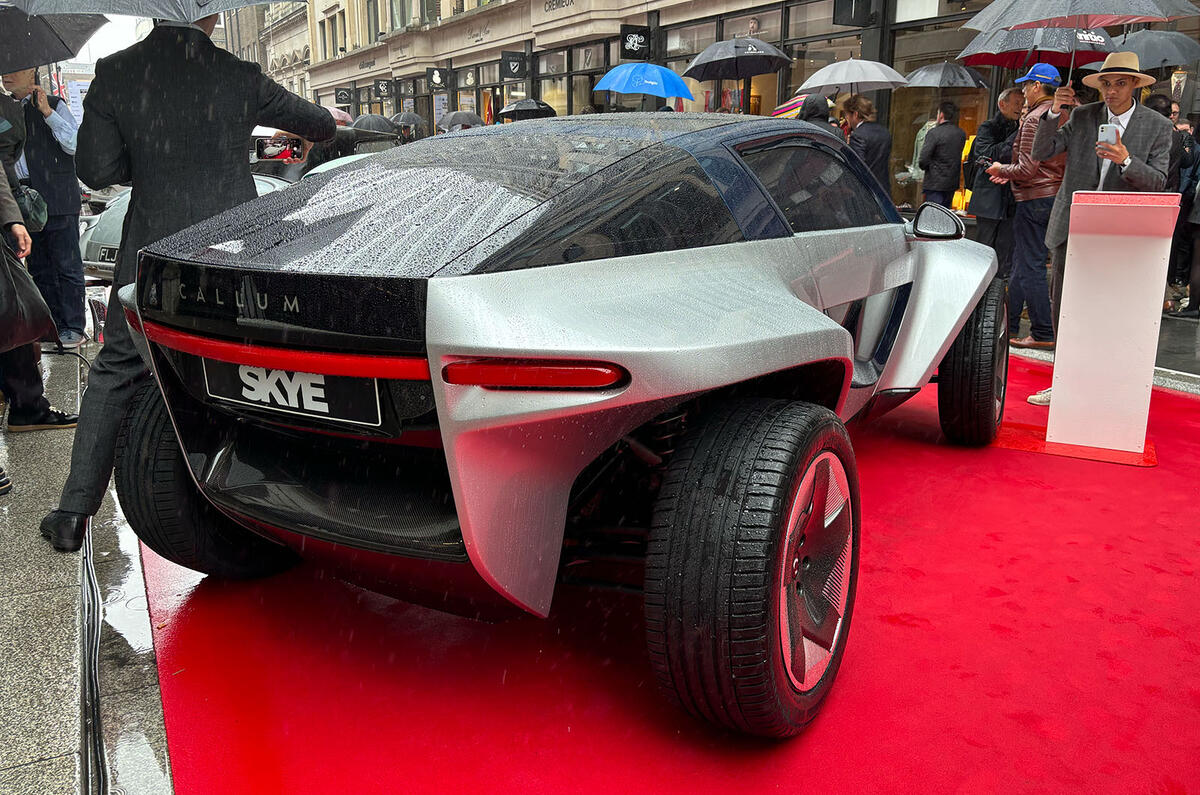
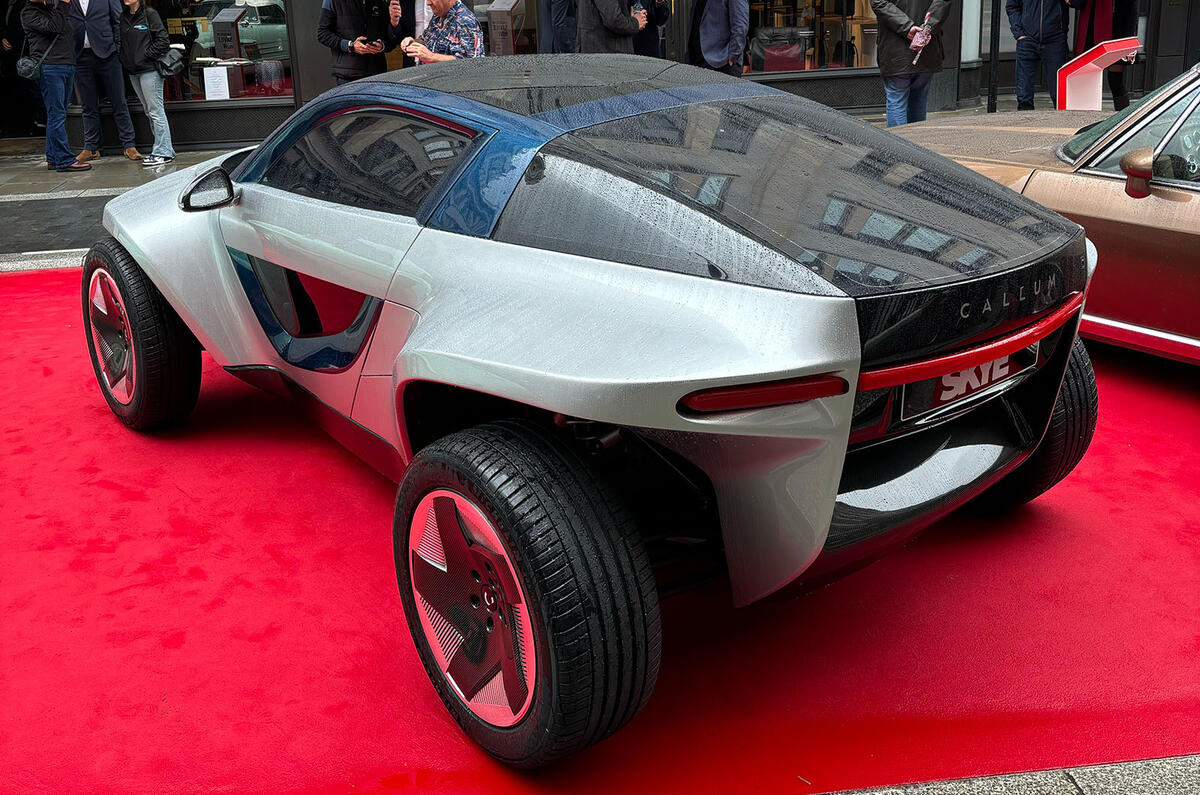
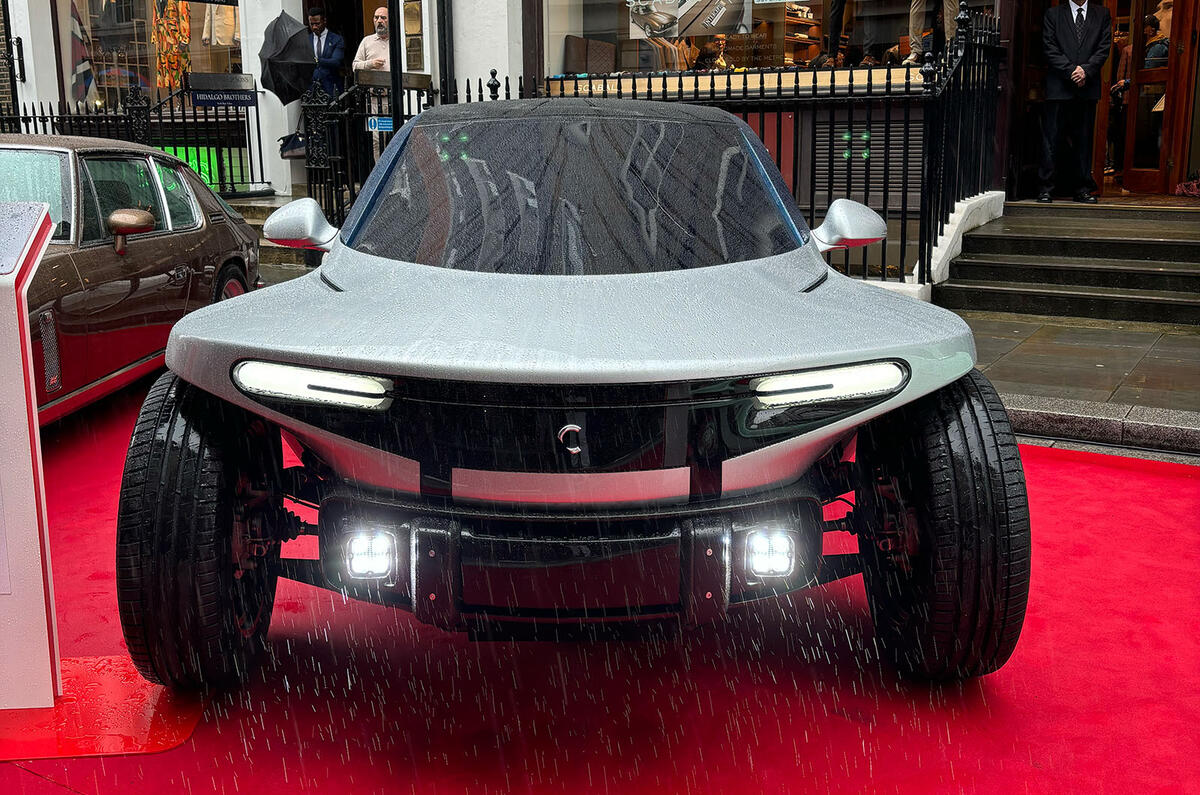
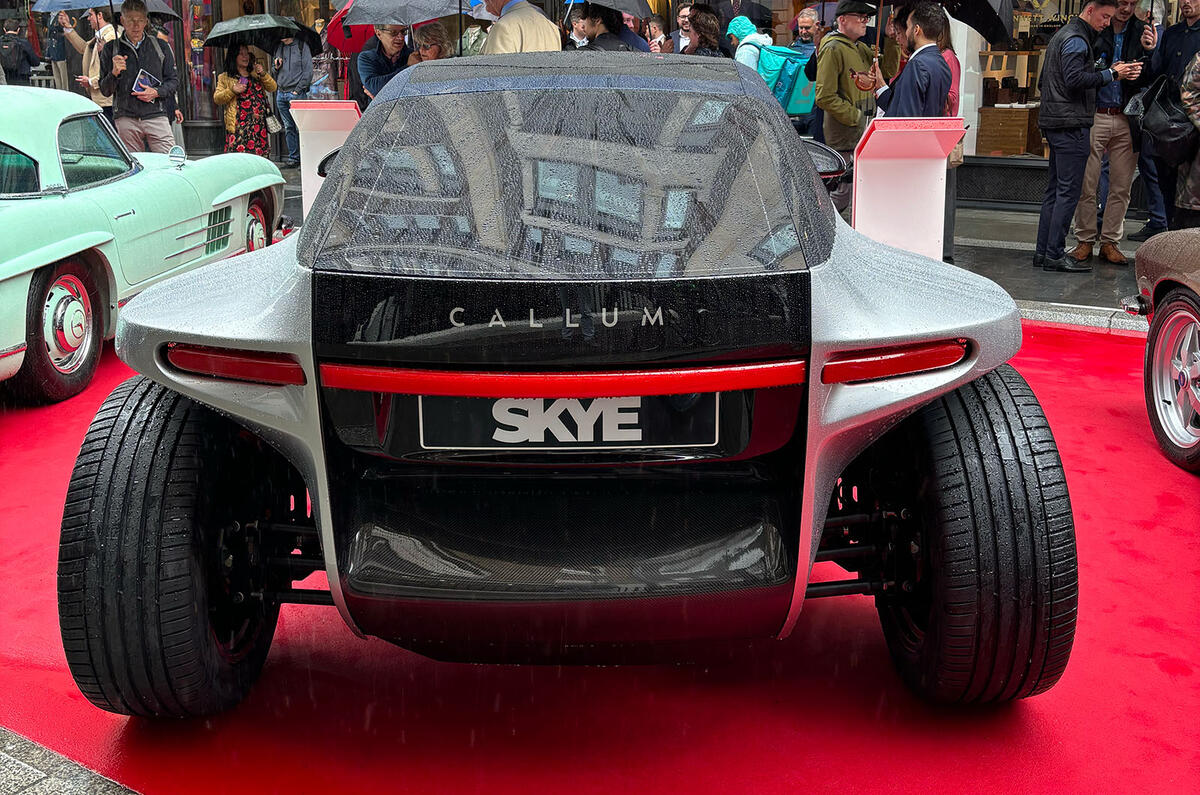

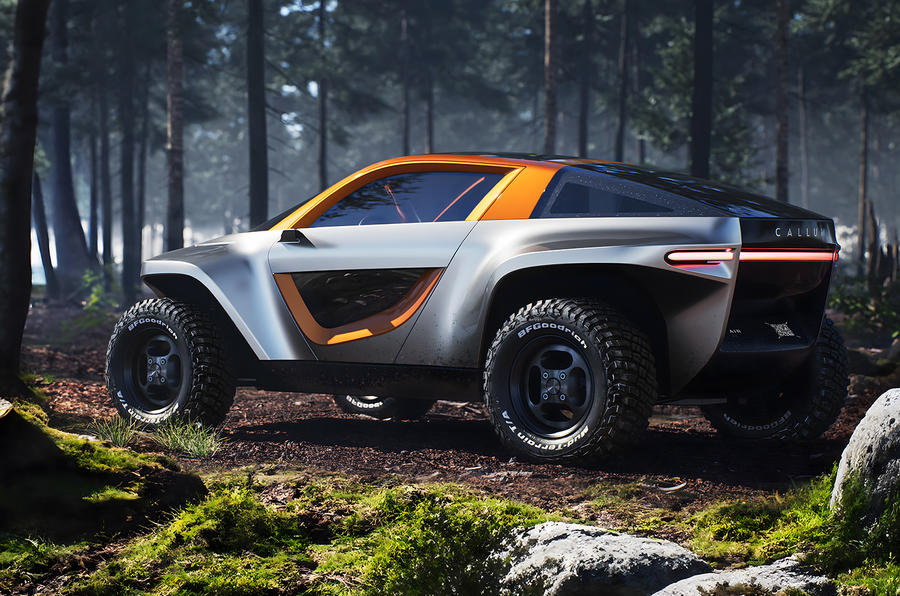


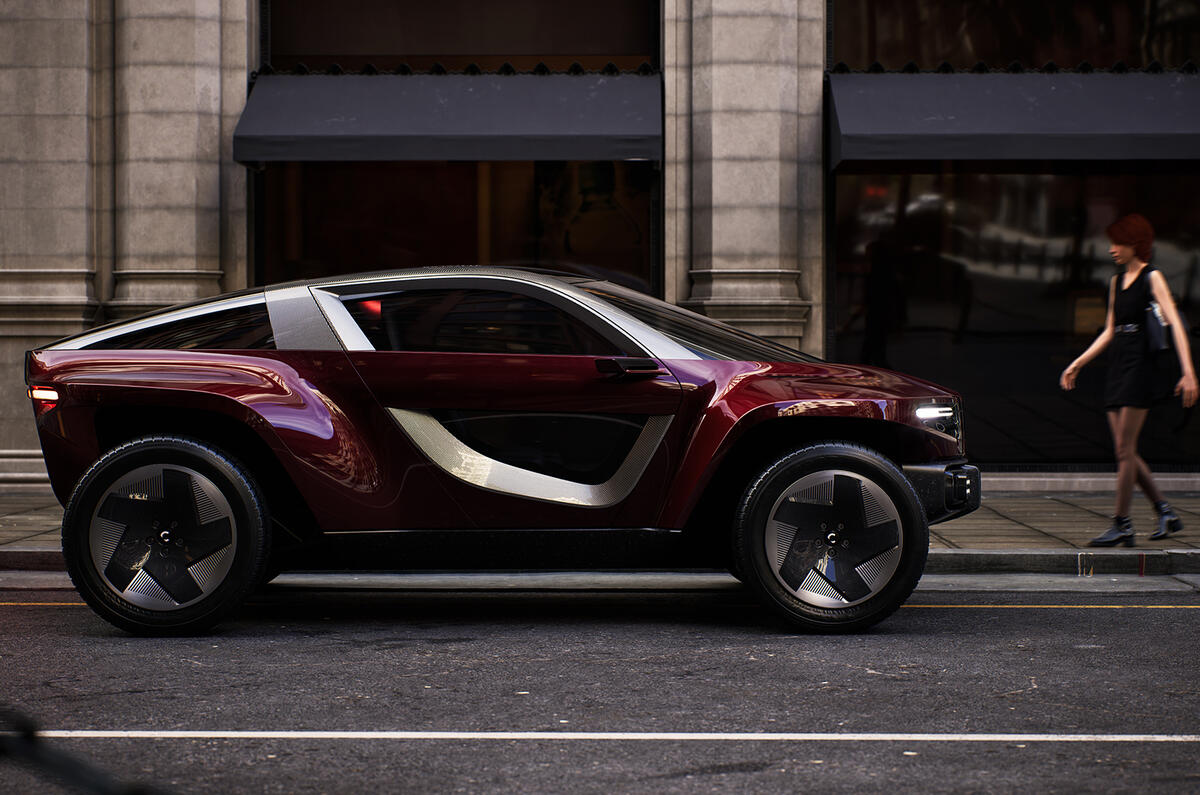












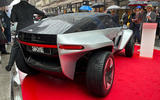








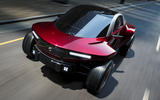





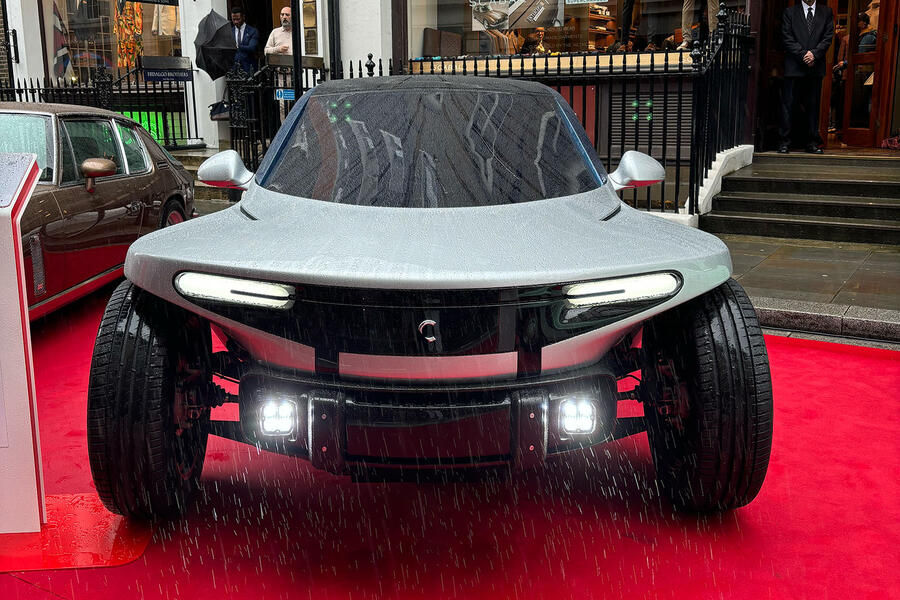
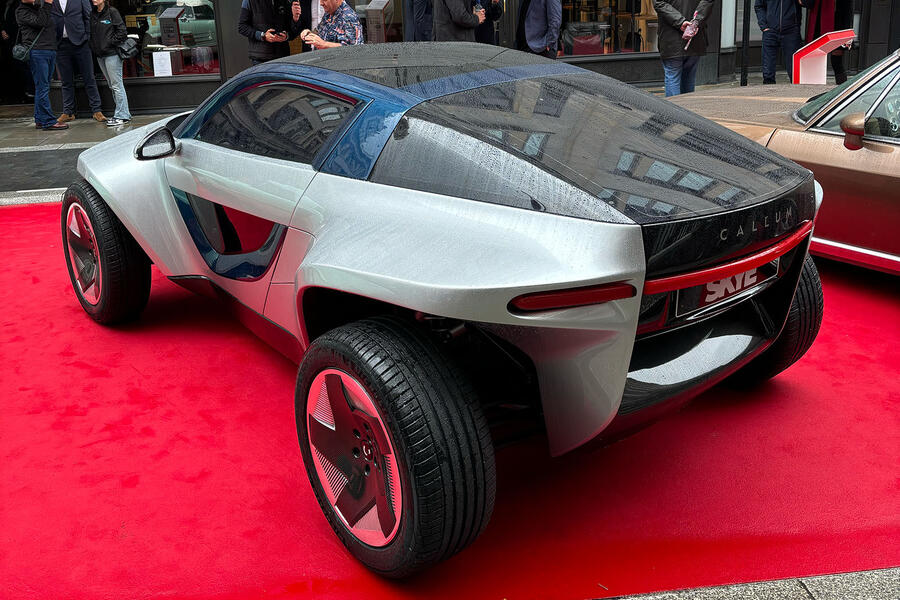
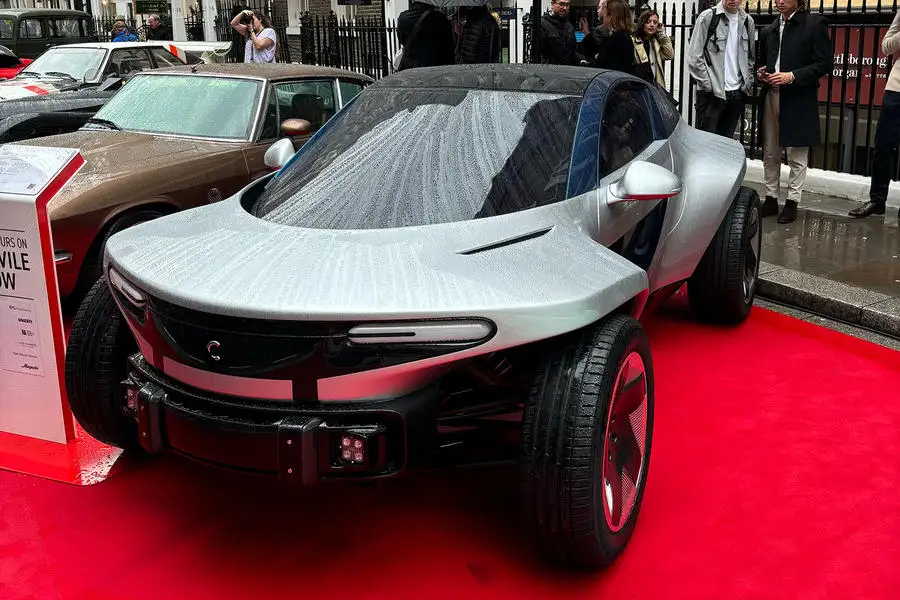








Join the debate
Add your comment
Massive Smart vibes even before I saw the logo and... I'm not sure that can be good.
Wasn't Lee Noble working on something like this, using a load of Ford parts?
The badge is pure Smart, the interior robs bits from Volvo, and the output of the motor seem very similar to the Smart #1 and the Volvo EX30.
The price is absolutely shocking in a Jaguar kind of way, and has no one told him people have gone off leather, especially in EVs.